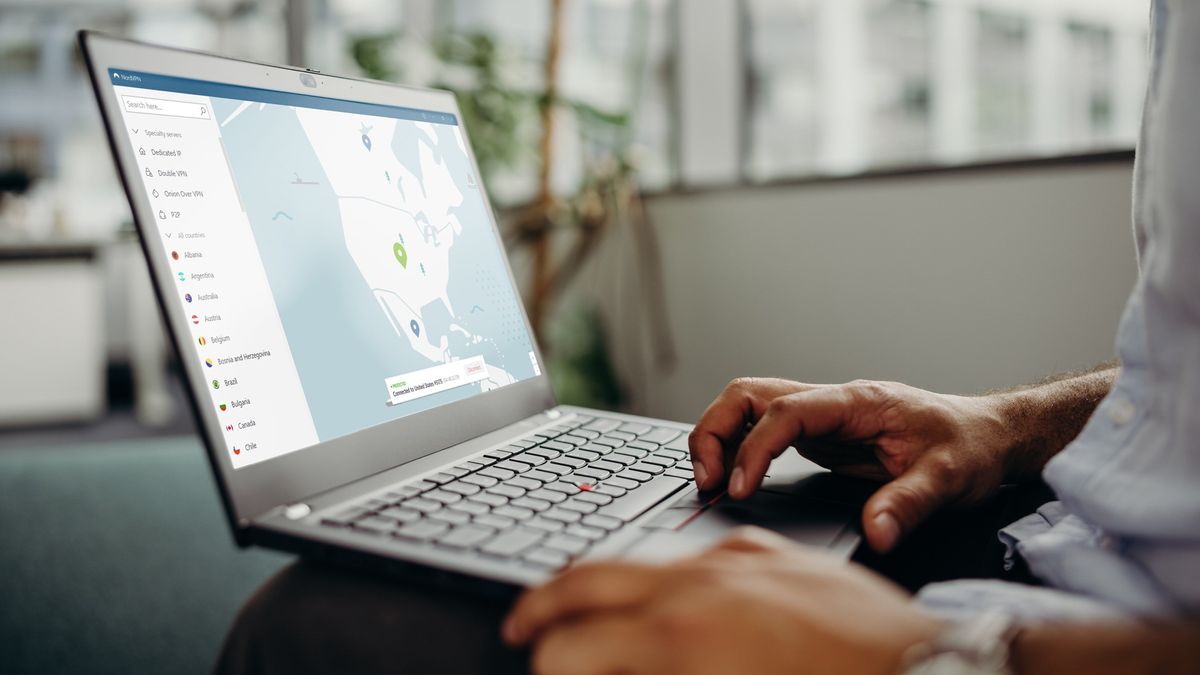Windows is undergoing a transformative phase, starting with Windows 10 and advancing further with the release of Windows 11, which includes a redesigned Taskbar. Rumors suggest that Windows 12 will continue this trend, adding more refinements and enhancements while focusing on different displays and integrating AI through Windows Copilot.
These three releases can be likened to Apple’s Snow Leopard, a macOS update from 2009 that prioritized refinements over new features. Although some choices made by Microsoft, such as the appearance of Windows 11 and the sudden emphasis on AI, have divided users, it appears that a new foundation is being laid for the future.
With this in mind, it becomes clear why Windows 13 should be a highly anticipated release. Microsoft has the potential to set a new standard that will shape the next decade and beyond.
Learning from previous mistakes, such as the development of Windows 8, Microsoft has shown progress with releases like Windows 10 and 11. These versions prioritize the user experience, with reboots of apps like Notepad and Media Player, as well as the introduction of features like dark mode and UI refinements. Microsoft has also adapted to users’ needs by allowing seamless integration with other devices, such as iPhones.
For Windows 13, Microsoft needs to build upon this foundation by catering to users of all ages and devices. Upon startup, the operating system should recognize the device being used, whether it’s an AR headset, a web browser within Opera, or a borrowed Surface tablet. The user setup should be minimal, with Windows 13 intuitively knowing who is accessing the system and on which device.
Windows Copilot, akin to Marvel’s AI JARVIS, could play a significant role in this regard. It could take the appearance of Clippy, a nostalgic nod, and assist users by providing an overview of daily tasks and offering quick assistance.
Additionally, Windows 13 can surpass Apple’s offerings in terms of accessibility. Microsoft has already made commendable efforts in this aspect, providing software and hardware to make Windows accessible for a wide range of users. By anticipating user needs and providing helpful tips and features right from the start, Windows 13 can alleviate the anxiety often experienced by users when transitioning to a new version.
Considering all these factors, Windows 13 has the potential to offer something unique compared to Apple and Google. With affordable VR and AR headsets on the horizon, developers can explore and create apps for these platforms, including Microsoft’s potential Surface headset. Windows 13 has the opportunity to excel in spatial computing, from AR to VR.
Windows 10 and 11 have laid a strong foundation, and Windows 12 is expected to refine features further. Windows 13 can then solidify Microsoft’s position and become the new standard for Windows devices worldwide. Accessibility in various forms should be the main goal, and if Windows 12 succeeds in this regard, Windows 13 will be poised for success in the years to come.

I have over 10 years of experience in the cryptocurrency industry and I have been on the list of the top authors on LinkedIn for the past 5 years.

